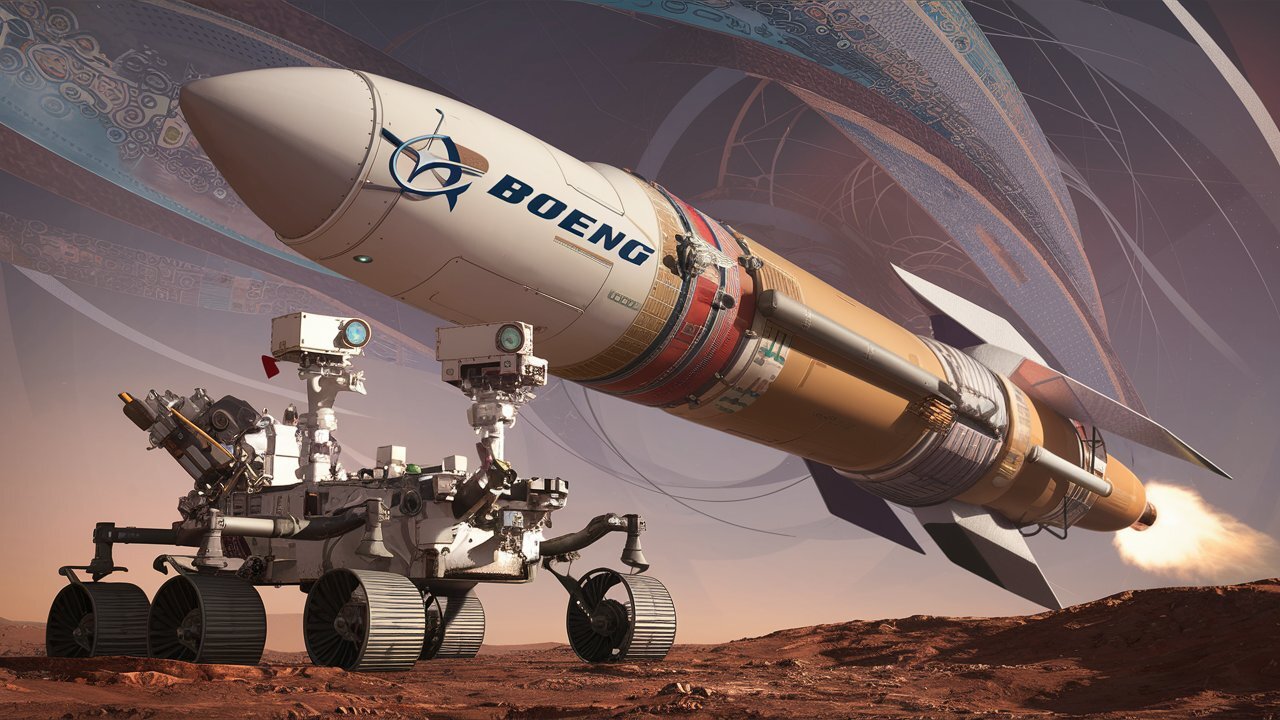This approach, championed by former NASA scientist Jim Green, aims to reduce mission complexity. However, the SLS is notorious for its high price tag; a single launch can cost more than $2 billion.
Green argues for the benefits of a single massive lander that would carry everything needed to retrieve and return samples. This conflicts with NASA’s current plan to launch two European spacecraft.
Although Boeing says it will launch in 2034 and return samples by 2035, budget details remain unclear. This is a concern as cheaper superheavy rockets like Starship are on the horizon.
Source: Ferra
I am a professional journalist and content creator with extensive experience writing for news websites. I currently work as an author at Gadget Onus, where I specialize in covering hot news topics. My written pieces have been published on some of the biggest media outlets around the world, including The Guardian and BBC News.










